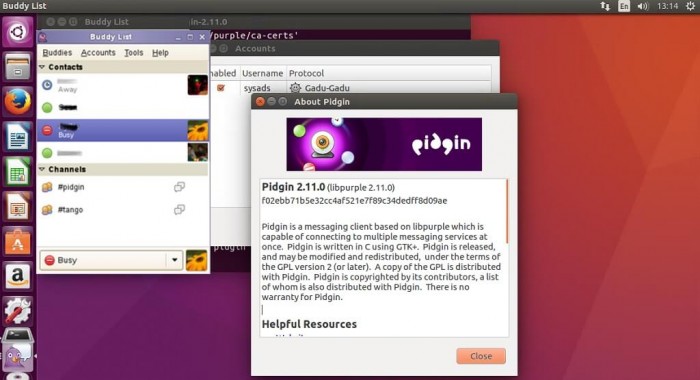
Smack-experimental, smack-im, smnack-tcp, smack-java7 Otherwhise the following Smack artifacts/jars have to be added manually to the classpath: smack-core, smack-extensions,.It is recommended to include Smack as Maven dependency in your project (e.g.authenticate and open connection with serverĬreating a Chat Session and sending a message _xmppClientConnection.Password = password _xmppClientConnection.Username = userName _xmppClientConnection.Server = serverJid

_xmppClientConnection.AutoResolveConnectServer = true Message message = new "Hi, how are you?") Ĭreate Xmpp Client Connection Using agsxmpp library public void OpenXmppConnection(int port, bool useSsl, string serverJid, string userName, string password) Smack (Java / Android) XMPPTCPConnection connection = new XMPPTCPConnection("user", "password", "") VersionsĬore: RFC 6120, IM: RFC 6121, Address: RFC 7622Ĭore: RFC 3920, IM: RFC 3921, Address: RFC 6122Ĭonnecting and sending a message SleekXMPP (Python) import sleekxmpp Additional functionality is specified in the form of XMPP Extension Protocols (XEPs), which are created by the community and maintained by the XMPP Standards Foundation (XSF). The instant messaging extensions are defined in RFC 6121, and a third document ( RFC 7622) defines the format of XMPP addresses, also called "Jabber Identifiers" (JIDs). The core XMPP protocol is defined in RFC 6120 and is managed by the Internet Engineering Task Force (XMPP). The extensible approach makes it possible to build custom protocols on top of XMPP core.

It is also used as a message-oriented middleware, for machine-to-machine (M2M) communication and for the Internet of Things (IoT). XMPP was created to satisfy the IETFs guidelines for instant messaging and presence protocols ( RFC 2779), but its purpose goes far beyond IM. The Extensible Messaging and Presence Protocol (XMPP) is a network protocol that uses XML to exchange structured data between two or more network connected entities in near-real-time.


 0 kommentar(er)
0 kommentar(er)
